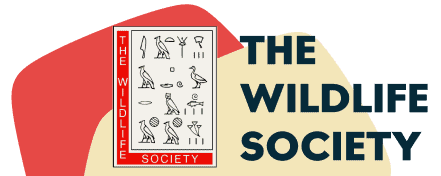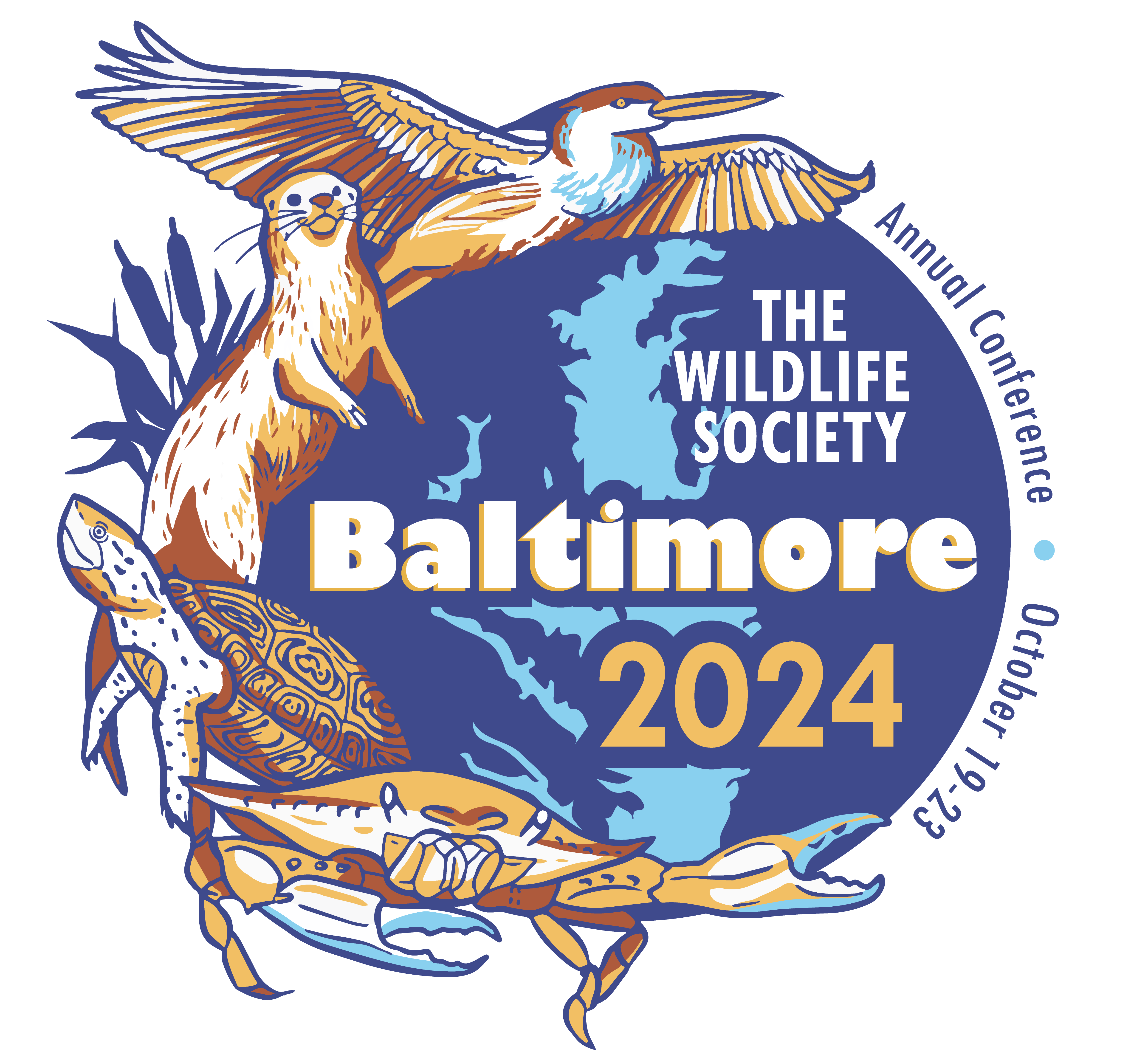- News
-
-
-
-
-
Latest News Articles
- 2024 TWS Elections: Southwest Representative April 25, 2024
- Can these butterflies fill the gap left by their extinct relative? April 25, 2024
- Q&A: TEK and the wildlife profession April 24, 2024
-
-
-
- Wildlife Professional Resources
-
- Our Network
-
- PUBLICATIONS
-
-
Recent Posts
-
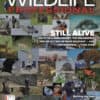 The Wildlife Professional November/December Issue
November 1, 2023
The Wildlife Professional November/December Issue
November 1, 2023
-
-
-
-
-
-
- Wildlife Events
-
-
-
Upcoming Webinars
- No Events
-
-
-
- Who We Are
-
Tag: genetics
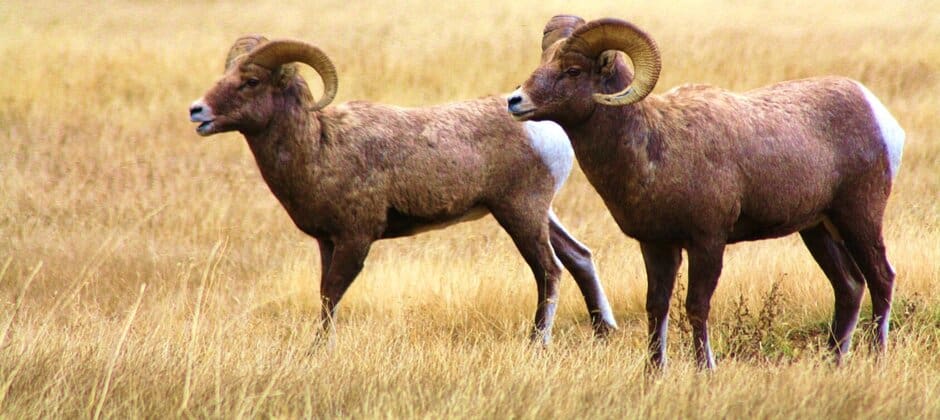
December 28, 2020
Numbers matter in bighorn sheep translocation
Smaller translocations of bighorn sheep may be less successful than larger translocations. According to new research that analyzed the genetic makeup of different populations of bighorn sheep (Ovis canadensis) —...
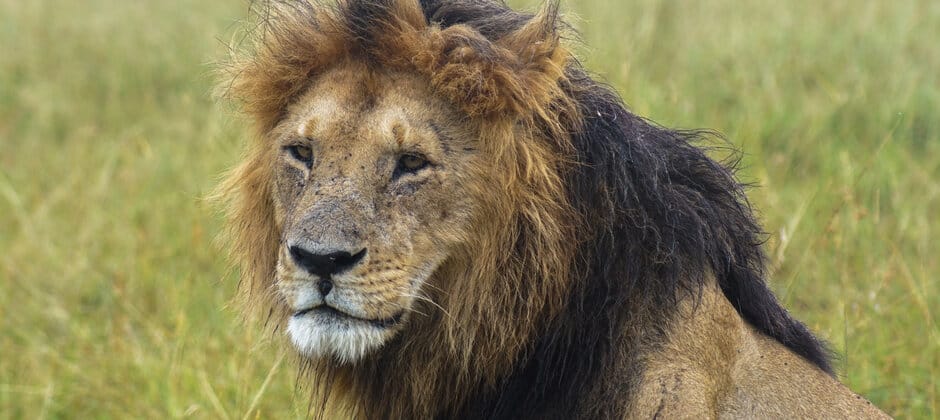
December 7, 2020
Humans have impacted lion genetics over the years
Over the past century, a growing human population has caused movement barriers for lion populations, reducing their genetic diversity. “The African landscape has changed drastically over the past century with...
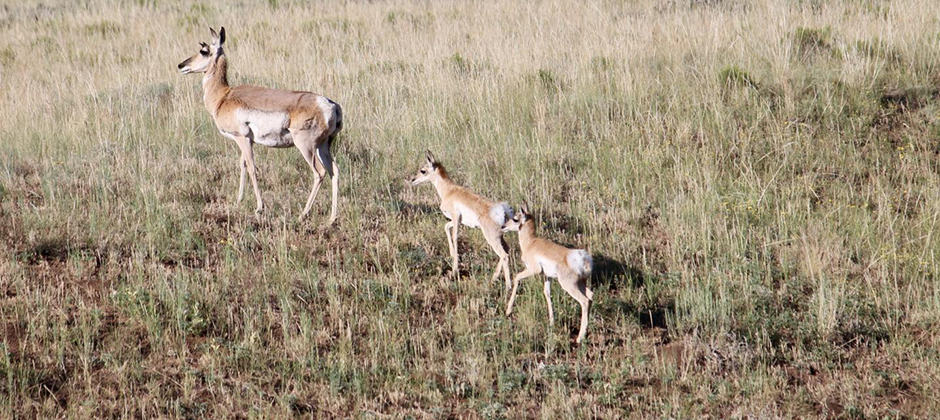
November 9, 2020
Pronghorn genetically similar throughout Wyoming
Even though pronghorn face obstacles from highways to mountain ranges across Wyoming, their genetics throughout the state are fairly similar, which seems to be good news for their viability. “There...
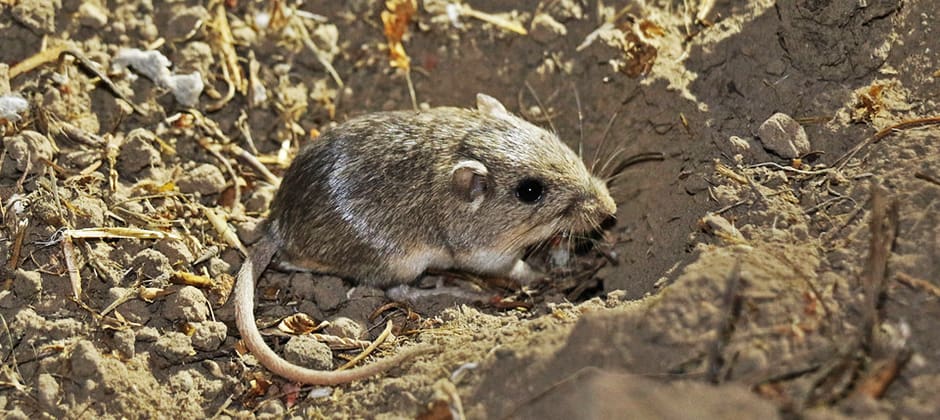
June 22, 2020
Exploring genetics to save endangered pocket mouse
Researchers are delving into the genomes of Pacific pocket mice to help inform conservationists about the best ways to recover the federally endangered species, which has only three populations left...

February 21, 2020
Some bats are adapting to white-nose syndrome, study finds
Some bats are developing adaptations to white-nose syndrome that allow them to survive the deadly disease, according to a recent study. Comparing little brown bats (Myotis lucifugus) that died from...
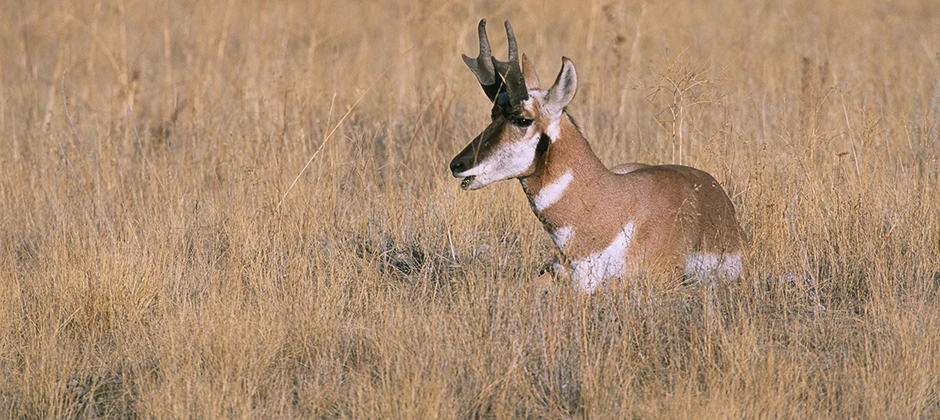
February 10, 2020
JWM: Museums hold secrets of California’s vanished pronghorn
One hundred years ago, pronghorn roamed the Sonoran Desert in what is now the borderlands between Southern California and northern Baja California in Mexico. Today, they are gone from the...
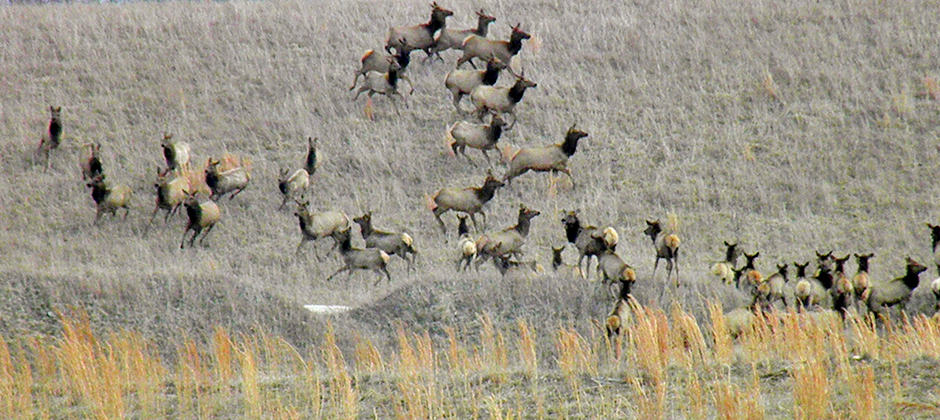
January 13, 2020
JWM: Kentucky success provides recipe for elk reintroduction
Kentucky may have discovered the recipe for success when it set out to reintroduce elk to the state about 20 years ago, researchers found. The state brought in a large...
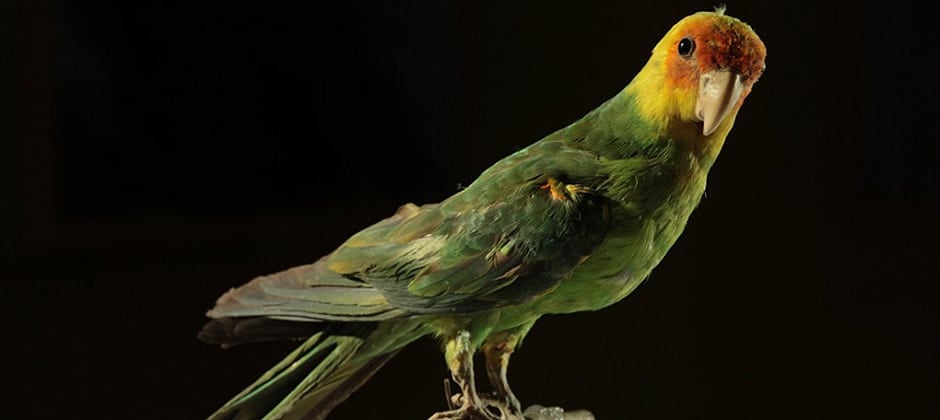
December 16, 2019
What drove one of the only U.S. parrot species to extinction?
The Carolina parakeet (Conuropsis carolinensis) once ranged from southern New England to Florida to Colorado, but by 1918, the last of its kind died in captivity at the Cincinnati Zoo....

December 9, 2019
Is classic tale of fox domestication science or fiction?
It’s become a classic tale of genetics and domestication. In 1959, Soviet zoologist Dmitry Belyaev began selectively breeding silver foxes (Vulpes Vulpes), until in 10 generations, he ended up with...
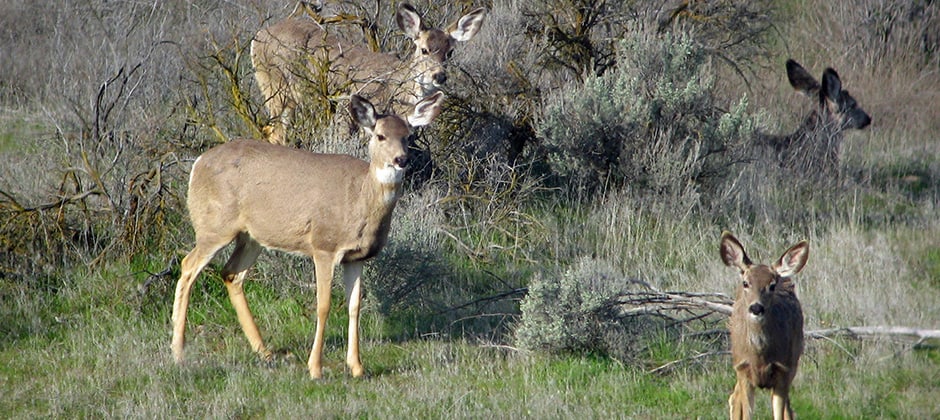
November 20, 2019
Wildlife forensics unveil predator-prey interaction clues
A single piece of evidence may not solve a crime, but put together lots of pieces and investigators can paint an entire picture of a crime scene. That’s not so...
